To have no thought and put forth no effort is the first step towards understanding the Tao. To go nowhere and do nothing is the first step towards finding peace in the Tao. To start from no point and follow no road is the first step towards reaching the Tao.
— Chuang Tzu
If there is one book that has survived the vicissitude of my moods and preferences, and has remained beside my bedside more than any other … it is the Tao Te Ching.
While small and fragile looking in appearance, the Tao Te Ching, a book authored by 6th century mystic and sage Lao Tzu, is quite the opposite.
Here we have a mighty book of perennial, undying, simple yet profound, paradoxical, and distilled wisdom that feels like it was forged in the bowels of an ancient mountain.

Spiritual Wanderer Course:
⭐️⭐️⭐️⭐️⭐ "I started the Spiritual Wanderers Course a short while ago and for the first time in twelve years I have started to experience love, acceptance and compassion for myself and within myself. Thank you so much." – Vivienne S.
And if there was any book – or teaching – I would recommend to new and veteran spiritual folk alike (and even those not of the “spiritual” persuasion), it would be that of the Tao.
Do you need to be a Taoist to appreciate the tremendous beauty of the Tao Te Ching? Absolutely not.
In fact, the Tao is so wild and free that it declares, in the very first sentence, “A way that can be walked is not The Way.” To truly have an embodied understanding of the Tao, we need to loosen and discard of all preconceived labels, ideas, and definitions.
In true Taoist style, I won’t try too hard to go into intense cerebral detail about the Tao in this article. Instead, I’ll keep it simple so that, hopefully, you walk away with something that has touched you on a meaningful, deep level.
Table of contents
What is the Tao?
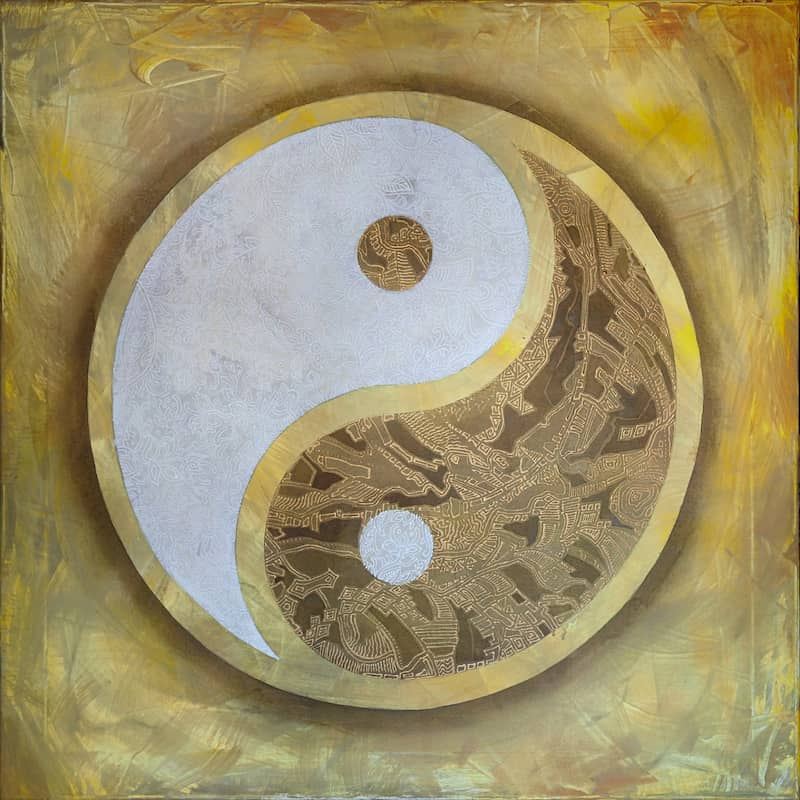
“The Tao” (pronounced: dow) literally translates to “The Way” and is at the heart of the Tao Te Ching and Taoism as a whole. In the first verse of the Tao Te Ching, Lao Tzu describes the Tao in the following way:
Tao is both Named and Nameless
As Nameless, it is the origin of all things
As Named, it is the mother of all things
Such a paradoxical description of the Tao brings to mind the Hindu notion of Atman/Brahman, the Abrahamic religion’s notion of Soul/Spirit, the Buddhist notion of Buddha Nature or Nirvana, and the modern spiritual notion of True Nature.
7 Crucial Spiritual Lessons of the Tao Te Ching
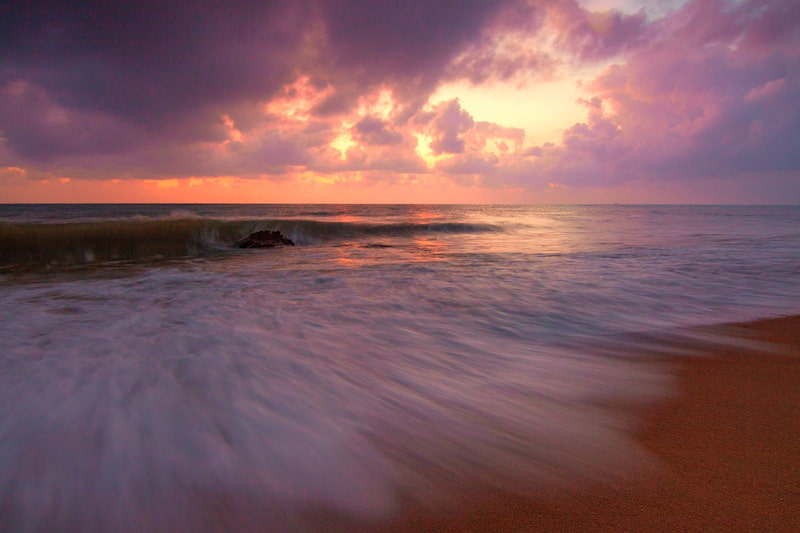
As one of the deepest and oldest spiritual teachings out there, there is so much to learn from the Tao Te Ching. In fact, you could spend your whole life studying it, and still, there would be more to learn – that is the magical dynamism of this spiritual philosophy!
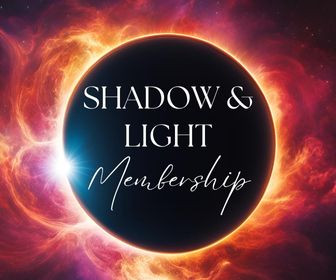
Shadow & Light Membership:
⭐️⭐️⭐️⭐️⭐ "Shadow and Light’s weekly guidance always rings true to my heart. Thanks for acknowledging my shadows and inviting my inner light. I always get excited to open the Shadow and Light emails on Sunday!" – Angela M.
As such, the lessons below are by no means absolute or complete – they are simply the most obvious (in my opinion and study) and also the most beneficial for our Soul Work as humans:
1. Everything has its yin and yang
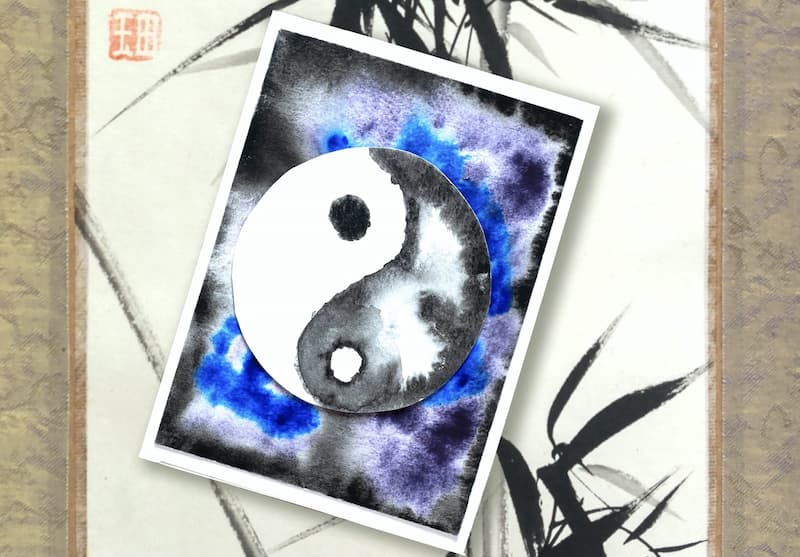
All throughout the Tao Te Ching we read about the interplay of opposites. In fact, the whole of this philosophy is really about non-duality: or the innate Oneness of everything.
And yet, despite the fact that everything is interconnected, there are also two sides to everything.
In other words, every person, event, situation, object, and experience in life has a light and dark side. There is expansion and contraction, male and female, love and fear, inside and outside, up and down, good and bad.
As the Tao Te Ching says in verse 58:
Bad fortune, yes––
it rests upon good fortune
Good fortune, yes––
It hides within bad fortune
Despite the apparent duality of opposites in life, they actually combine and require each other’s presence to exist. In this sense, the Tao Te Ching teaches us about the need to embrace all parts of life.
This is what verse 42 says about the dance of non-duality and duality:
The Tao gave birth to One.
The One gave birth to Two.
The Two gave birth to Three.
The Three gave birth to all of creation.
All things carry Yin
yet embrace Yang.
They blend their life breaths
in order to produce harmony.
And in verse 2 Lao Tzu writes:
Life and death are born together
Difficult and easy
Long and short
High and low––
all these exist together
Sound and silence blend as one
Before and after arrive as one
Truly understanding the dance of opposites is a deep form of spiritual integration and is what makes healing practices such as shadow work so powerful.
2. Finding balance is essential
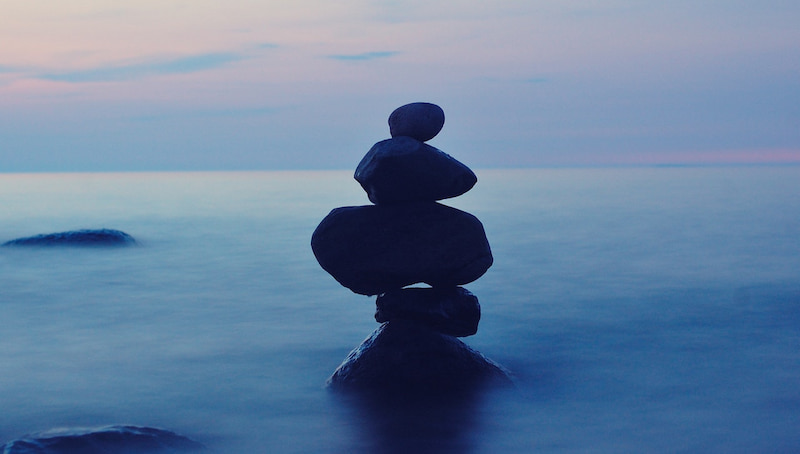
If there is one word that could define the teachings of the Tao Te Ching, it would perhaps be ‘balance.’
Would you like to save this?
Your information will never be shared.
The Tao, or The Way, is the path of the centre, the essence of balance, and if you follow it, your life will be peaceful and harmonious.
If you look at the laws of nature, you will see that they’re all about balance.
Draw out a pendulum forty degrees to the left and it will go forty degrees to the right – but it will eventually settle in the centre. Blend hot and cold water together and you get warm water, the most pleasant for the human body. Eat too much or too little and you get sick, but eat balanced and you feel good. Too much heat will burn the planet, too little heat will create ice – you need a balance of fire and water to have a lush landscape.
As verse 9 of the Tao Te Ching says:
Sharpen a blade too much
and its edge will soon be lost
Fill a house with gold and jade
and no one can protect it
Puff yourself with honor and pride
and no one can save you from a fall
Balance, in all areas of life, is crucial for a life well-lived.
3. Wu wei (effortless action) brings happiness, success, and inner peace
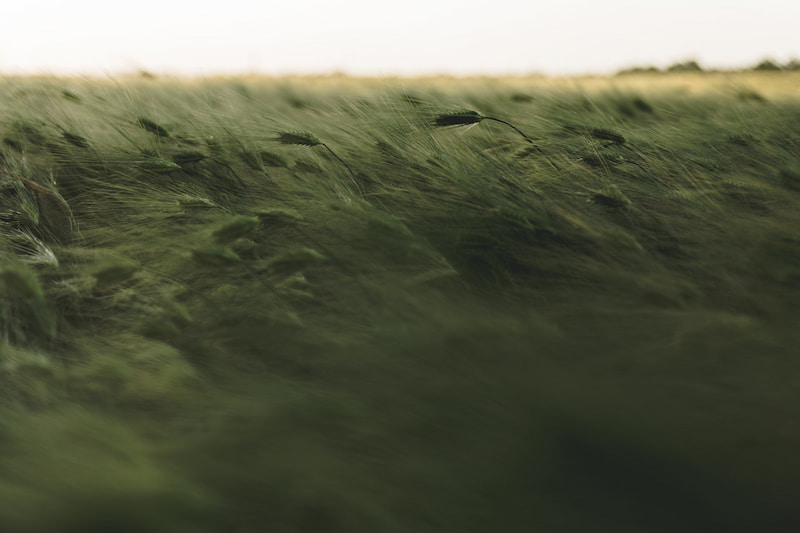
Once you recognize the interplay of opposites inherent in all of existence (including within you) and find the path of balance, you experience what is known in Taoism as wu wei or effortless action.
It takes a lot of effort to hold extremes. For example, too much pushing to “work hard and do it all” creates burnout and a poor quality of life. Too little work creates laziness and lack of progress. Both extremes lead you to failure. A balance of work and rest creates a happy person who is in alignment with the Tao and experiences more moments of flow (or wu wei).
For an internal example, too much rejection of an unhealthy quality within you tends to make that quality to enlarge or intensify, aka. “What you resist, persists” (resulting in anxiety and depression). Too much acceptance of that quality can result in fragile sentimentality, or worse, narcissism. Learning to find balance and neither reject too much or accept too much such a quality (essentially non-attachment) leads to more inner peace.
When we let go of extremes, we find an inner harmony that makes everything we do easier (like a pendulum returning back to center).
As the Tao Te Ching says in verse 77:
The Sage gives
without relying on his own effort
He completes
without waiting for reward
He illumines
without stepping from the shadow
And in verse 63:
Act without acting
Give without givine
Taste without tasting …
Let Tao become all your actions
then your wants will become your treasure
your injury will become your blessing
One of the most direct ways to wu wei is through non-attachment.
4. Non-attachment leads to balance and wu wei

In the words of philosopher Chuang Tzu (369–298 B.C.E.), a prominent figure in Taoist philosophy,
The perfect man employs his mind as a mirror. It grasps nothing, refuses nothing. It receives but does not keep.
These words reflect much of what the Tao Te Ching has to say about the nature of non-attachment.
When we’re non-attached, we’re not disconnected or somehow “above” our thoughts and feelings. Instead, we simply see that they’re impersonal: they’re movements of energy that rise and fall, come and go – the yin and yang of life.
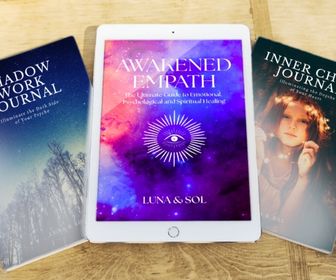
Spiritual Awakening Bundle:
⭐️⭐️⭐️⭐️⭐ "This was probably one of the best purchases I made in a long time … These are some of the most valuable texts I’ve ever read, and I'll never forget the path they started me on. Thank you so much for writing it and putting it out there for us to find." – Heloísa
As such, we can approach life in a lighthearted way that doesn’t cling or grasp onto that which would otherwise create suffering.
In the words of the Tao Te Ching,
“Surrender brings perfection”
The crooked become straight
The empty become full
The worn become new
Have little and gain much
Have much and be confused
So the Sage embraces the One
and becomes a model for the world
Without showing himself, he shines forth
Without promoting himself, he is distinguished
Without claiming reward, he gains endless merit
Without seeking glory, his glory endures
5. The three most valuable qualities: love, moderation, humility
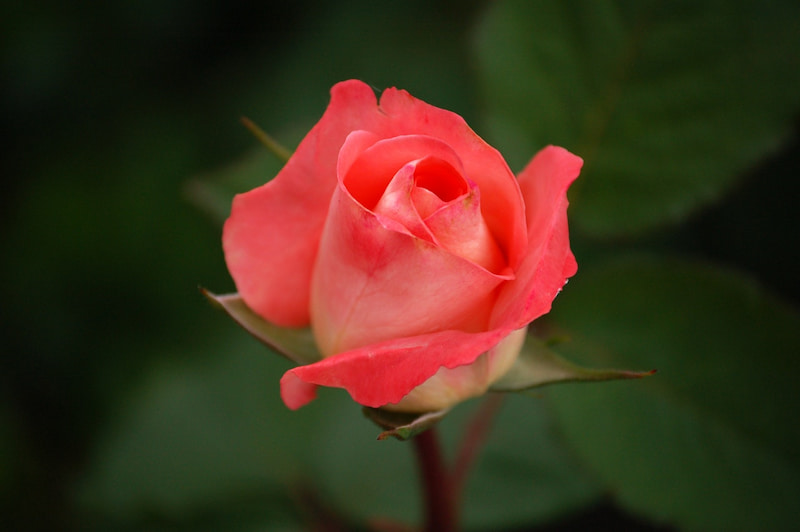
What amazes me about these three qualities that the Tao Te Ching celebrates is that they run pretty much counter to our culture’s values (aka. shame-culture, excessive consumption, and narcissistic self-inflation).
As Lao Tzu writes in verse 67:
I have three treasures that I love and hold dear
the first is love
the second is moderation
the third is humility
With love one is fearless
With moderation one is abundant
With humility one can fill the highest position
Now if one is fearless but has no love
abundant but has no moderation
rises up but has no humility
Surely he is doomed
Over and over again within the Tao Te Ching, the power and virtue of these qualities are exalted. Here we have a crystallized, immediate, and direct way to practice the Tao: by cultivating love, moderation, and humility.
Certainly, such qualities might not be “trendy” or even desirable in the mainstream world of egocentrism, but they are – according to this ancient wisdom text – vital for our joy, abundance, and fulfillment.
6. Be yielding like water

In a sublime “f*ck you” (okay, maybe that’s a little crass!) to cultural values of being “tough” and “strong,” the Tao Te Ching actually celebrates the value of being soft, receptive, and yielding.
Three (of many) passages that highlight this are verse 40:
The movement of Tao is to return
The way of Tao is to yield
… verse 43:
The most yielding thing in the world
will overcome the most rigid
The most empty thing in the world
will overcome the most full
… and verse 8
The best way to live
is to be like water
For water benefits all things
and goes against none of them
It provides for all people
and even cleanses those places
a man is loath to go
In this way it is just like Tao
Building on the idea of love and humility, yielding can be thought of as the path to generating these qualities. When we’re tough and rigid in thought or deed, the flow of Tao can’t enter us: our hearts become closed and we get locked into patterns of mental suffering.
Yielding (or allowing, surrendering, or giving way to life), helps to open us up to compassion, honesty, forgiveness, and other beautiful qualities of the Soul that this world is so in need of.
7. Practice stillness, emptiness, and seeking your treasure within
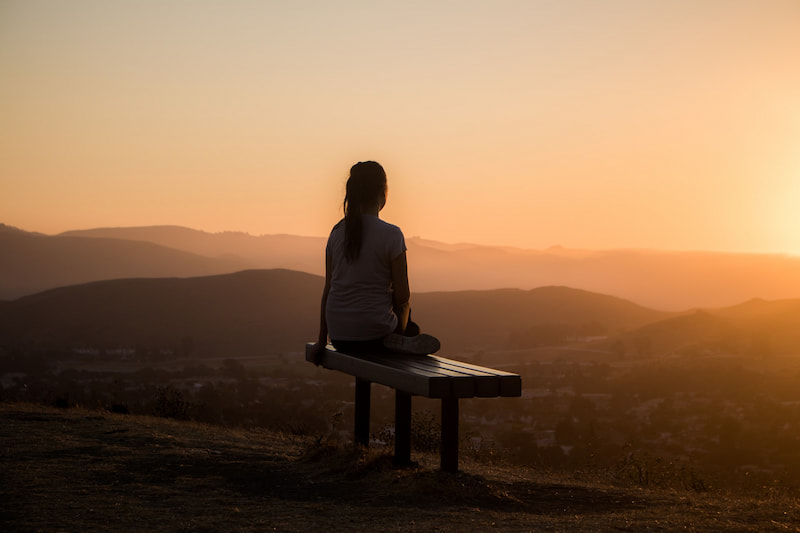
While the word “meditation” is never explicitly mentioned in the Tao Te Ching, the practice of meditation itself – that is, stilling or emptying the mind – is poetically yet practically discussed all throughout this sacred text.
Take chapter 16 for example, where Lao Tzu writes:
Become totally empty
Quiet the restlessness of the mind
Only then will you witness everything
unfolding from emptiness …
Be still
Stillness reveals the secrets of eternity
Eternity embraces the all-possible
The all-possible leads to a vision of oneness
A vision of oneness brings about universal love
Universal love supports the great truth of Nature
The great truth of Nature is Tao
This verse is perhaps one of my favorites in the whole of the Tao Te Ching simply due to how rhythmically it flows with truth, wisdom, and beauty.
Later on, in verse 26, Lao Tzu writes in a similar rhythmic pattern:
One who seeks his treasure in the outer world
is cut off from his own roots
Without roots, he becomes restless
Being restless, his mind is weak
And with a mind such as this
he loses all command below Heaven
The message here is quite clear: everything you are searching for is found within you. By practicing silence, stillness, and the emptying of your mind and self, you will realize what you already and always have: the Tao.
To go back to verse 1:
A mind free of thought,
merged within itself,
beholds the essence of Tao
A mind filled with thought,
identified with its own perceptions
beholds the mere forms of this world
Further Reading & My Favorite Translation
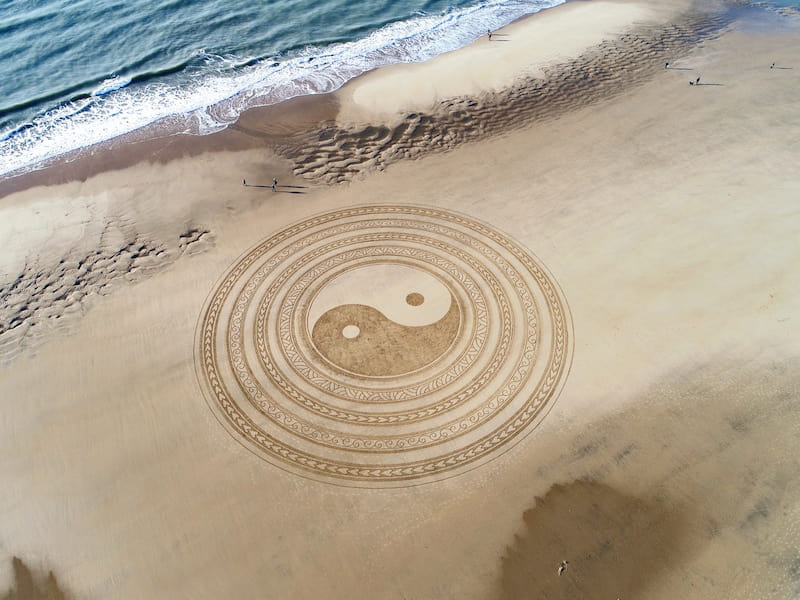
If you’d love to go a little deeper into Taoist wisdom (which is really quite universal and can be valuable to anyone of any faith persuasion), here are my recommended resources:
- Tao Te Ching translated by Jonathan Star (my favorite translation and the one I’ve used to quote most of this article)
- The Tao of Pooh by Benjamin Hoff – sweet, creative, and a lovely read
- Tao: The Watercourse Way by Alan Watts
- 365 Tao Daily Meditations by Ming-Dao Deng
The above books I either own, have read in part or full, or have listened to. (I also gain a small commission, at no extra cost to you, if you choose to purchase any of these. Thanks if you do!)
***
There is a beautiful simplicity and directness at the heart of the Tao Te Ching which I think is rare in this wordy age where a lot is said about nothing much at all.
I truly hope you’ve benefited from this article, and if you have or would like to share some of your thoughts/perceptions about the Tao, I’d love to hear them below.
Three paths to inner transformation – here’s how I can help you go deeper:
1. The Spiritual Wanderer Course: Are you feeling lost, adrift, and unsure of your life's purpose? Gain clarity, focus, and direction on your inner path by uncovering the five archetypes of awakening within you. Learn how to navigate the highs and lows of your inner journey and chart your unique path with 3+ hours of audio-visual content, workbooks, meditations, and a premium test.
2. Shadow & Light Membership: Do you crave consistent support on your spiritual quest? Receive weekly intuitive guidance and learn to embrace your whole self, including your shadow side. Cultivate deeper self-love with our affordable, personalized support.
3. Spiritual Awakening Bundle: Ready to embark on a profound soul-searching adventure? Dive into our collection of essential transformative resources! Explore five illuminating eBooks and seven in-depth journals, plus unlock two special bonuses to empower your spiritual growth.




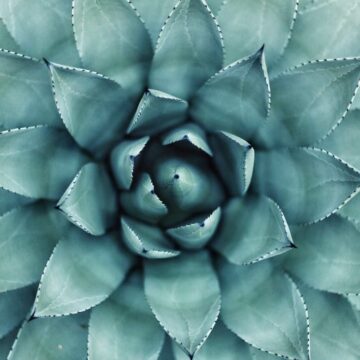
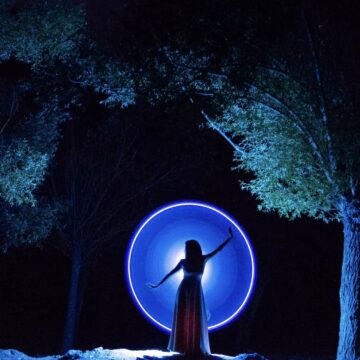
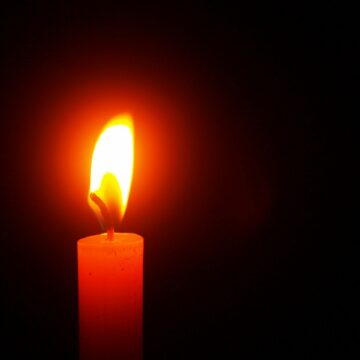
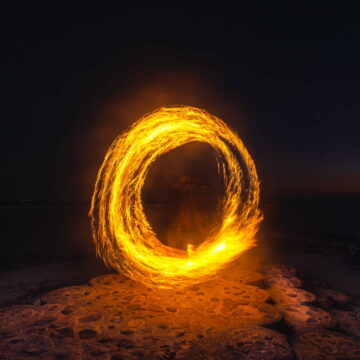
Scholarly opinions consequently range between the 8th and the 4th century bce
It is important to remember that there are different types of yin and yang. There is the positive-positive, positive-negative and negative-negative. Yin and yang just represents the polar sides of anything. To me it goes beyond just the realization of this. Figuring out the integration of both sides or whatever you want to call it is necessary in cases of trying to resolve problems. Even The Tao can become pendulum swung if someone lives only in non resistance for everything. What is most important about life is to be alive for it.
Incidentally, I read that most Taoist masters rarely ever use the Tao Te Ching or Chuang Tzu to teach. They see them as an outlining of results of hard work and practice, rather than something to start with.
Addressing the concept of extremes, I will say that they are more fulfilling and easier to approach after the results of a middle path are solidified.
I do find the Tao Te Ching fascinating, actually, ever since I found the free courses on Chinese Philosophy and Chinese Thought on Edx, a website that offers free courses from colleges/universities online, one of the MOOC websites (Massive Open Online Courses). Though if you want a certificate, you have to pay, but sometimes you just want to learn for the sake of learning, even if you won’t have credit for it. I recommend it if anyone is interested, though the courses is not just about Taoism, but different Chinese philosophies in general. Though personally, reading the Tao Te Ching is rather vague and confusing to me. Aside from creativity, spontaneity, and humor, I’m not naturally good in many “yin” traits, and also the lack of directness to just say what in the world it’s saying is a bit frustrating to me. Still, it pays to work on your weaknesses, so I just googled a lot of summaries and explanations of Tao Te Ching, until I understood what in the world it said. Personally, I like the website taoistic the most, which explains the Tao Te Ching chapter by chapter, if there are others like me as clueless about what it’s talking about, because honestly reading it first alone, I had no clue what it was saying. Einzelganger, a YouTube channel on philosophy, also includes short animated talks about Taoism that made things more sense to me as well.
What version of this book do you have? There are so many out there.
Hey Dawn,
We have quite a few translations as it’s a timeless source of wisdom and each translation shifts a bit the lens of understanding.
I recommend the Jonathan Star translation (affiliate link: https://lonerwolf.com/go/tao-te-ching-book/) as the most accessible for those who haven’t read it before. :)
I first came across the Tao Te Ching when I was 18 years old, by – literally – almost falling over it on my way out of the local library. The book was sticking out at the bottom of a rack of “oversized” (or similar) and it managed to catch my foot as I walked past, knocking me somewhat off balance. I managed to stop myself from falling, but of course I immediately loaned the book from the library, wondering what on earth I had in my hands – absolutely no idea and I had never heard of the Tao Te Ching or Lao Tse beforehand.
Got home. Opened the book. Instantly mesmerised by its beauty and strangeness and that somehow it was speaking to me directly, like having a comfy fireside chat with an old friend in the depths of Winter…
I do rather like the imagery – which also happened to play out physically – of the Tao Te Ching “knocking you off balance” in some way… nice metaphor for what reading the Tao Te Ching can do for / to you…!
The book? It was the translation by Gia-Fu Feng and Jane English and published by Wildwood Press, After almost 40 years, it is still my favorite translation / edition of all time – this particular version, paperback, first out in 1972, Stunning! You can also find the text on the internet nowadays, eWeirdly enough, Gia-Fu Feng died in the same year that I quite literally tripped over the book and almost ended up flat on my face… talk about wanting to get my attention!!!
Aletheia, Wonderful introduction to Taoism. This practice can be mind bending. Do not rush. Reread chapter over and over. The book I own is “Practicing the Tao te Ching, 81 Steps on the Way” by Solala Towler. It includes many meditations, mindfulness practices, and tasks. I’ve gone to talk therapy for over 10 years. It didn’t help. When I finally got around to studying Taoism, an interest of mine since high school, I began to heal and grow up. I began to get unstuck from my childhood traumas and working on the adult ones. I am on my Way!
I am just learning about this, thank you for saying which version has helped you. Perhaps I should check out this version of the book as I am quite confused by all the different books out there.
Is there are version that includes she/her pronouns? I’m sick of assuming inclusion.
Loving this article! At the moment I feel tired with everything society expects of me. I feel angry at the culture of greed and disrespect. Love your sentence “There is a beautiful simplicity and directness at the heart of the Tao Te Ching which I think is rare in this wordy age where a lot is said about nothing much at all.” This really resonates with me. The world needs more stillness, more flow, more respect, more silence. I can stay angry at the world or I can choose to follow my own path and hopefully inspire others or affect the people I meet on my way. I gladly choose the latter :)
Thank you Rachel, I couldn’t agree more. The world has become a bit too ‘yang’ and the Tao Te Ching seems to remind us of that need for stillness and just being. :)
So agree – beautifully said :)